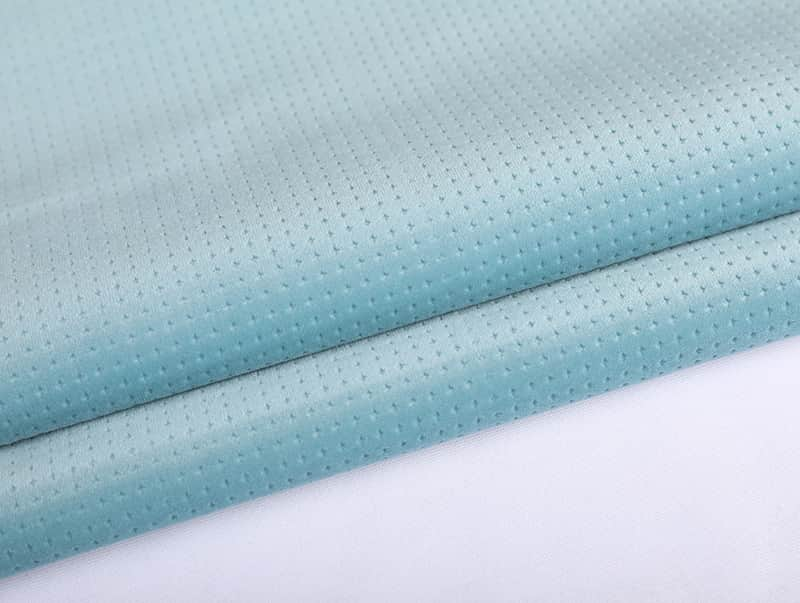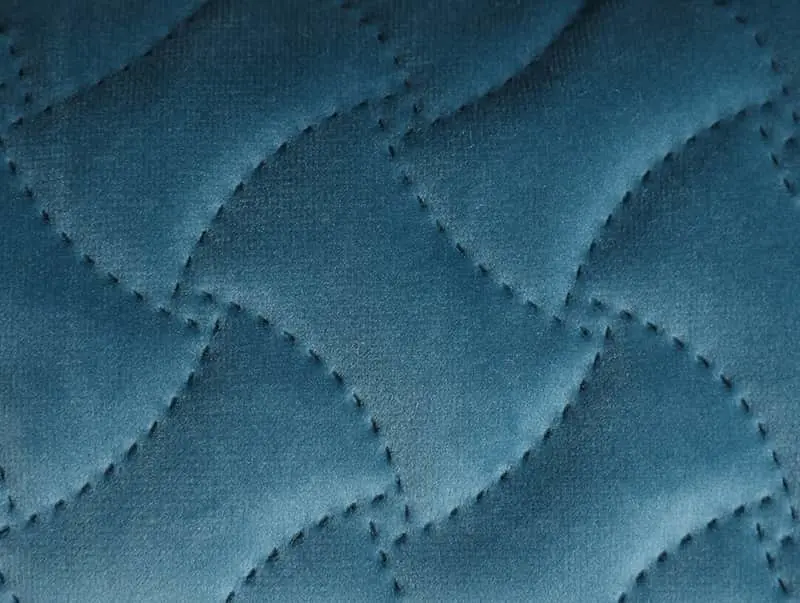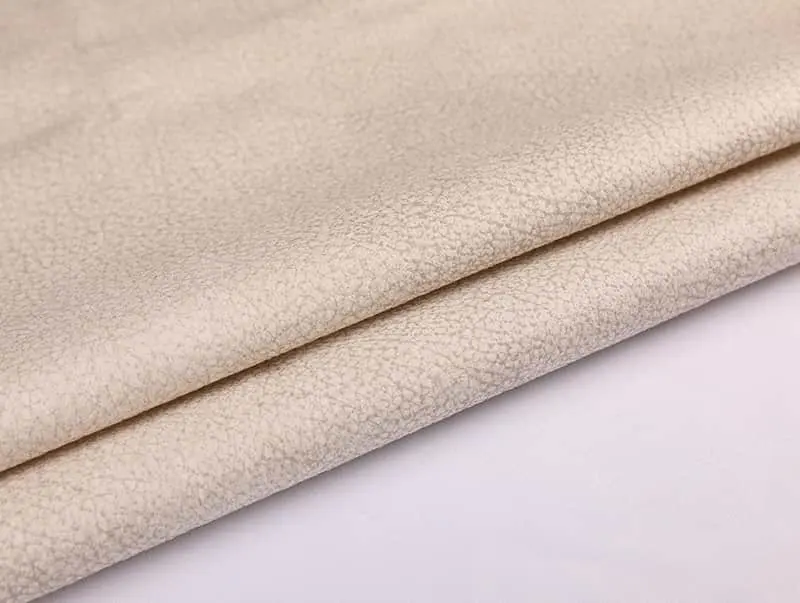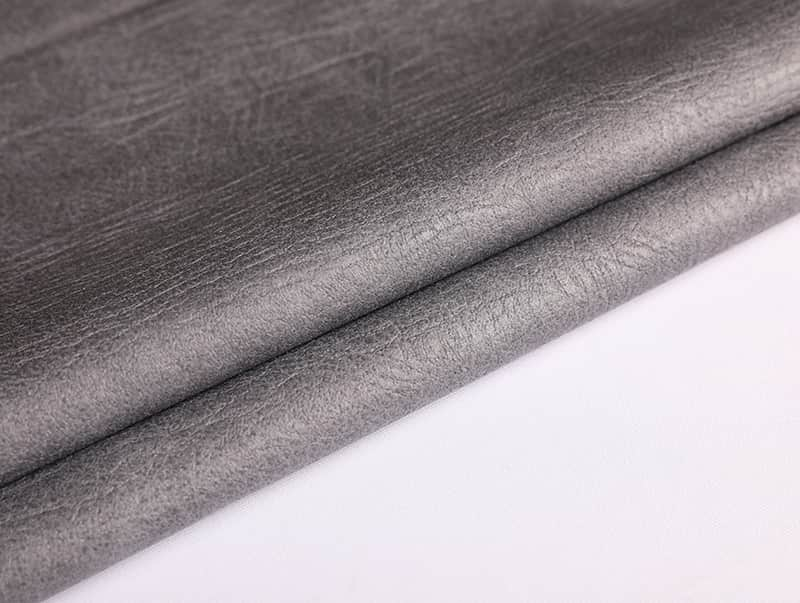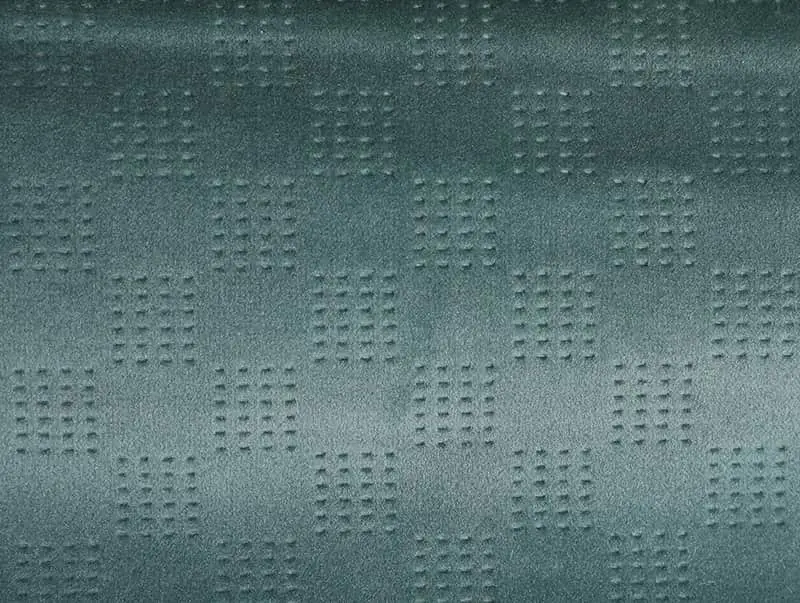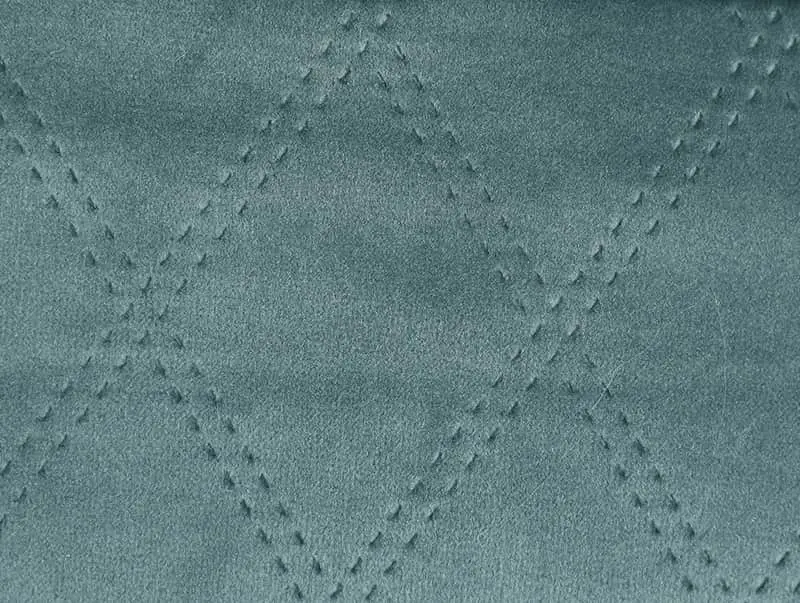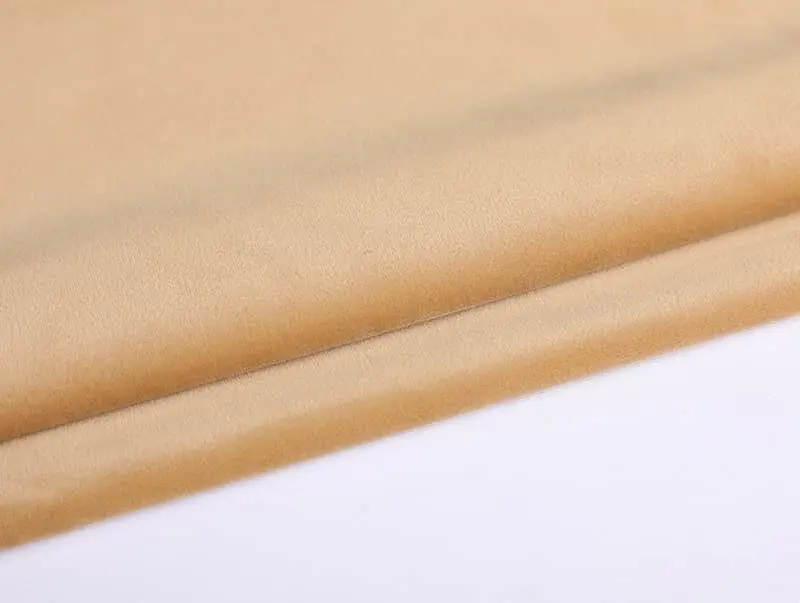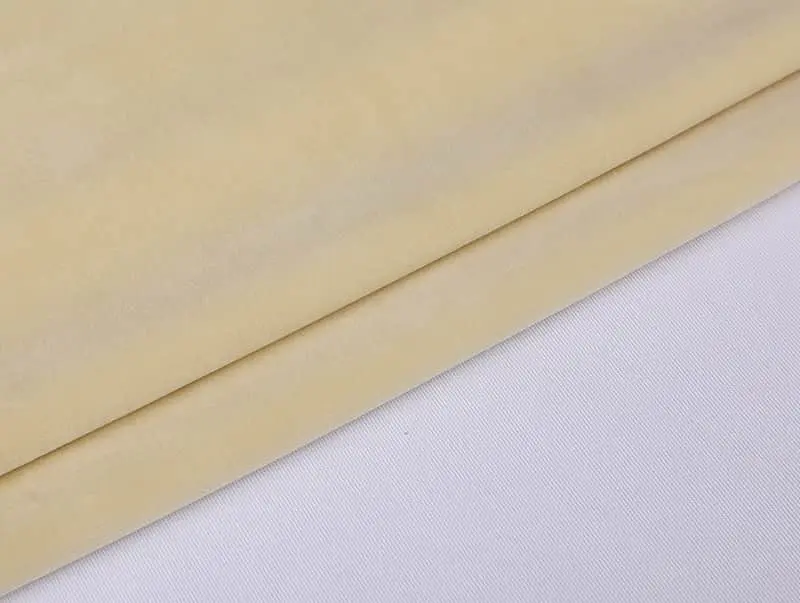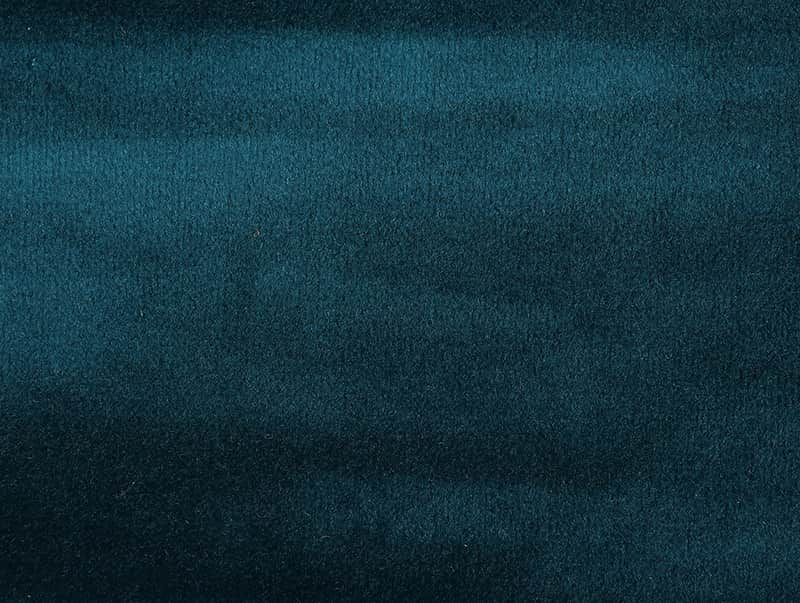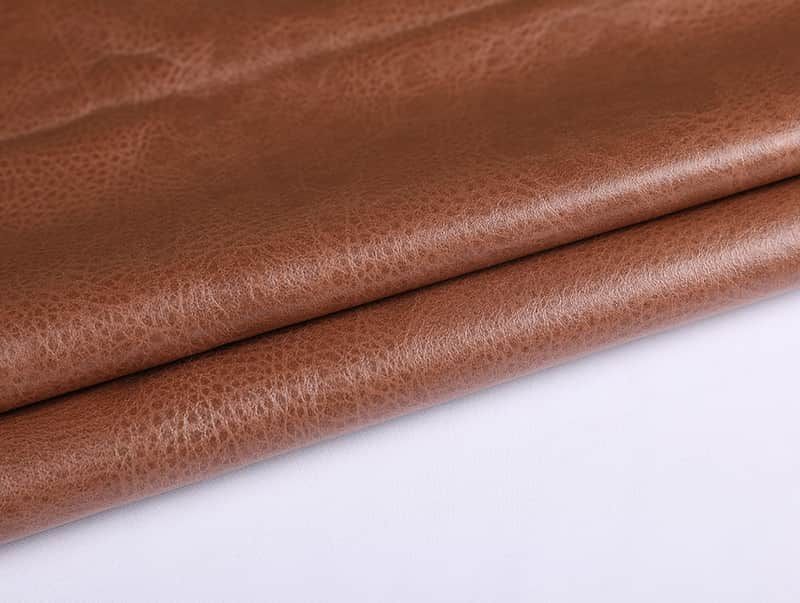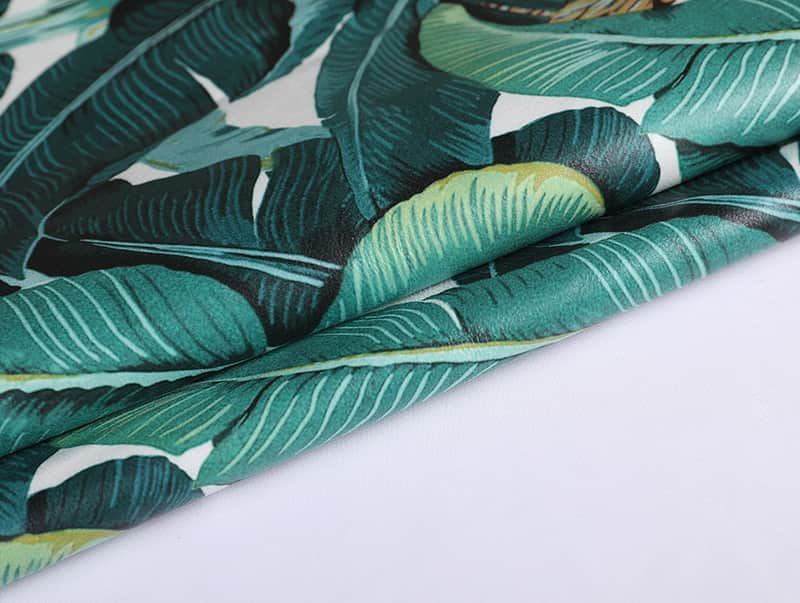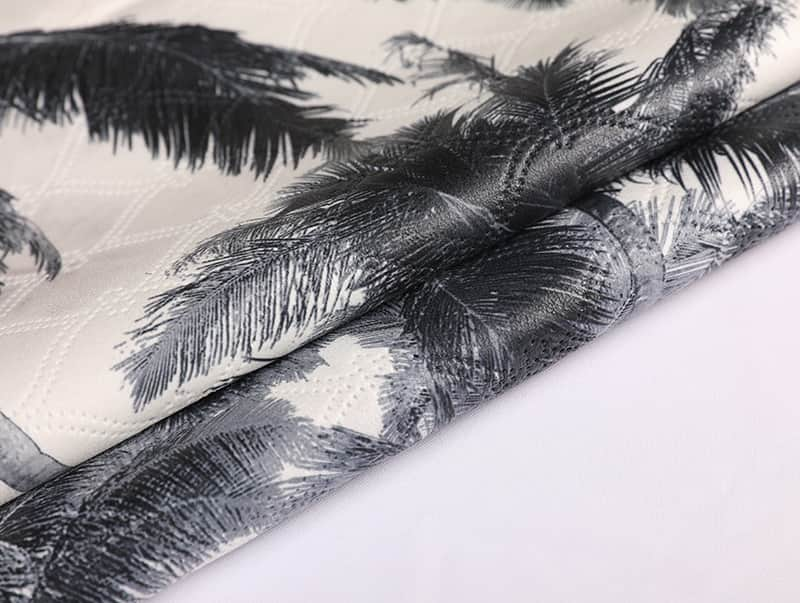Velvet upholstery fabric is a luxurious and densely woven textile known for its rich texture, soft feel, and distinctive sheen. It is widely used in furniture coverings, interior décor, and accent pieces due to its elegant appearance and tactile appeal. Velvet is characterized by its short, evenly cut pile that gives the surface a smooth, plush feel and a subtle shimmer that changes with the direction of the light or the angle of the nap.
What Is Velvet Upholstery Fabric?
Velvet is not defined by its fiber content but by the weaving technique used to create its signature surface texture. Traditionally, velvet is produced by weaving two layers of fabric face-to-face, which are then cut apart to create the pile. The result is a fabric with an upright pile surface, giving it a luxurious softness and distinctive luster.
For upholstery applications, velvet is made from a range of fibers, including:
Cotton: Offers a matte finish and natural feel, though it’s less durable and prone to creasing.
Polyester or Polyester Blends: Common in modern velvet upholstery due to improved durability, stain resistance, and cost-effectiveness.
Silk: The most luxurious and expensive, with unmatched softness and sheen, but generally too delicate for heavy-use furniture.
Viscose or Rayon: Provides good drape and shine but may crush easily without added treatments.
Mohair (Angora goat wool): Extremely durable and resilient, ideal for high-end, long-lasting upholstery.
How Velvet Differs from Other Upholstery Materials
Velvet stands apart from other upholstery fabrics in several key ways:
1. Texture and Appearance
Velvet has a distinctive pile that gives it a soft, plush hand-feel and elegant luster. Its surface can appear lighter or darker depending on the angle of the nap and lighting conditions.
In contrast, materials like linen, canvas, or twill have flatter weaves with more visible texture and no sheen.
Leather or faux leather is smooth and slick but lacks the tactile softness and warmth of velvet.
2. Weaving Structure
Velvet’s construction involves a complex double-cloth weaving method and cutting to produce the pile. This is significantly different from the plain, twill, or satin weaves found in most other fabrics.
Unlike woven jacquards, which display intricate patterns through weaving, velvet typically appears as a solid fabric, though it can be embossed, crushed, or patterned through other methods.
3. Light Reflection
One of velvet’s defining features is its light-absorbing and reflecting qualities, which give it a deep, dynamic look that changes depending on the viewing angle. This sets it apart from matte fabrics like cotton duck or linen.
4. Performance Characteristics
Comfort: Velvet feels warm and comfortable against the skin, unlike some synthetic fabrics which may feel colder or less inviting.
Durability: High-quality velvet—especially polyester, mohair, or performance-treated varieties—can withstand regular use, but the surface may show crushing or pressure marks more visibly than flatter weaves.
Maintenance: Velvet often requires more careful maintenance, such as brushing to restore pile or using upholstery-specific cleaning methods. Other fabrics like microfiber or synthetic blends tend to be more forgiving in terms of cleaning and stain resistance.
5. Visual Impact
Velvet instantly adds a touch of sophistication and richness to furniture and interiors. It’s commonly associated with upscale, classic, or dramatic designs.
Other upholstery fabrics may lean more casual, rustic, or utilitarian in appearance, making velvet a standout choice when a bold, luxurious aesthetic is desired.
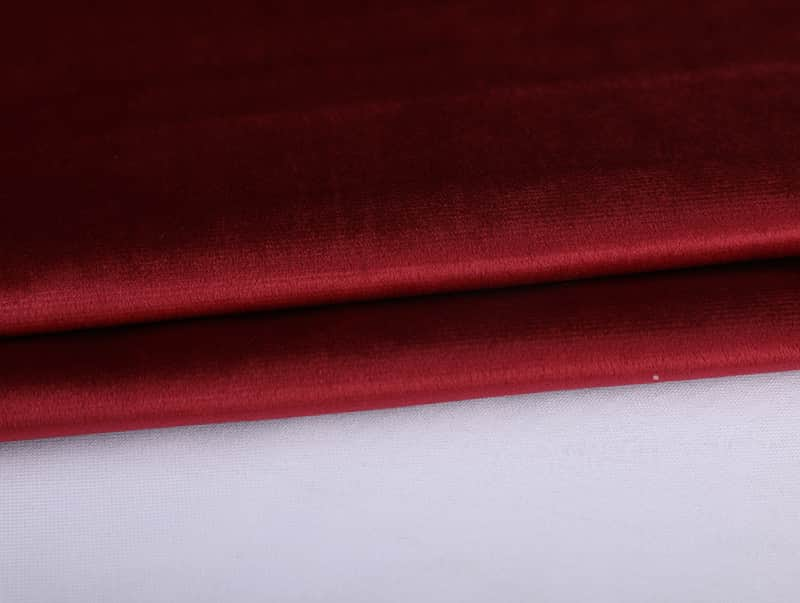
Summary
Velvet upholstery fabric is unique for its plush texture, rich sheen, and distinctive construction. While it shares the same purpose as other upholstery fabrics—covering and protecting furniture—it offers a dramatically different look and feel. Velvet’s luxurious appearance, coupled with the evolving availability of high-performance versions, makes it a versatile option for both traditional and contemporary interiors. It differs from other upholstery materials in terms of tactile softness, weaving technique, light responsiveness, and maintenance requirements, offering an unmatched sense of depth and elegance in furniture design.
